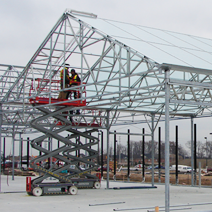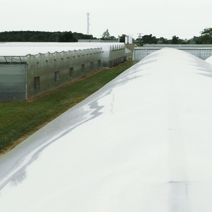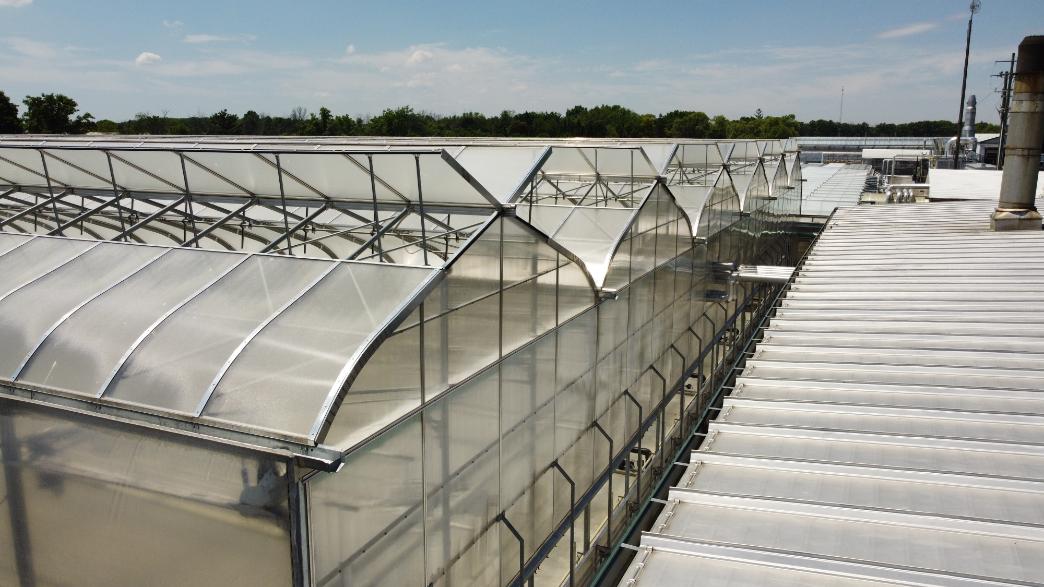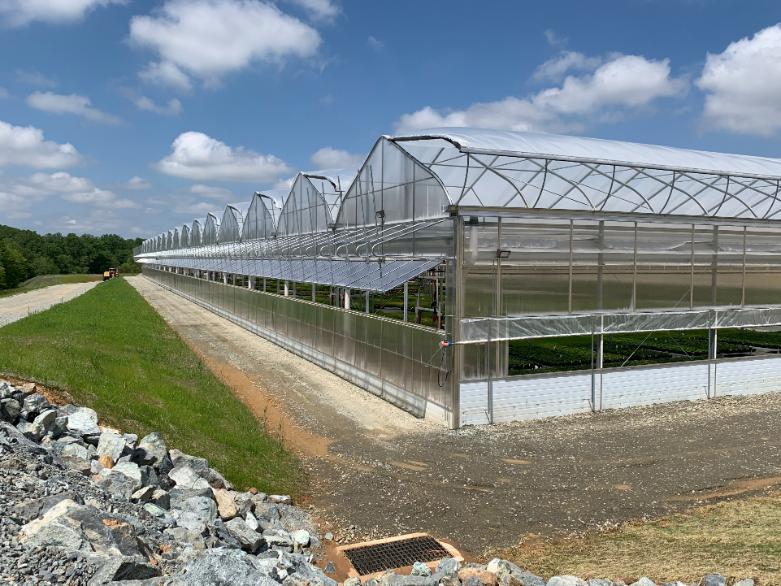Why Agriculture Technology is the Next Big Thing
In the numerous pitches that I have sat through, I have often heard VC’s draw a distinction between “Must Have” solutions and “Nice to Have” solutions. “Must Have” solutions address real world problems; Nice-To-Have solutions might make life easier, but nobody will miss them.
AgTech addresses “Must Have” problems. The Earth’s population is expected to hit 9 billion by 2050. According to the United Nations’ Food and Agriculture Organization, food production must increase by 60% to feed that growing population and, since they aren’t making any more land, ninety percent of the growth in crop production is expected to come from higher yields on existing farm land. Farmers must become more efficient and they will only do so through new technology.
The agriculture industry is already highly dependent on technology and is not slow to adapt to improve yields. “Precision agriculture,” for example, currently helps farmers determine where and what to plant on their land with a level of accuracy that was not possible ten years ago. The next step is to move from precision agriculture to predictive agriculture and “Big Data” will be the main driver of this change.
Precision agriculture
Precision agriculture allows monitoring and mapping of yields, and accesses live soil information through built-in sensors in vehicles. GPS equipped vehicles now track land and auto-guidance technology can steer a vehicle enhancing accuracy and reducing operator fatigue. Crops planted with this technology can later be harvested with optimal precision.
Yield mapping is capable of monitoring crop yield and soil moisture content. When combined with GPS technology, seed planting can take advantage of the most appropriate soil conditions and minimize waste. Most of the data generated can be viewed on mobile phone applications, allowing farmers to make quick decisions on the go.
With the precison tools that are currently available and being developed, farmers can reduce waste and squeeze more production out of the same acreage.
Predictive Agriculture
The technologies used in precision agriculture not only increase efficiencies, they also allow the producer to plan on a larger scale. For example, a seed, fertilizer, or planting technique that works on one patch of land may not work on another. Historically, farmers have learned what works through experience and personal knowledge. Precision agriculture technology reduces the need for this personal knowledge by providing satellite guidance, monitoring and mapping yields, and giving access to live soil information through vehicle sensors.
Big Data
Because precision agriculture necessarily involves collecting vast amounts of data, companies will combine this data and use it to predict trends. For example, Monsanto Company captured the headlines in 2013 with its $930 million acquisition of Climate Corp, a company founded by early Google employees who created a service whereby people can state what type of weather they want to insure against and receive a quote within seconds. Climate Corp initially offered services to all business that depended on the weather, but soon realized that agriculture was by far the biggest and focused its activities on that sector.
Big Data has the potential to predict farming needs on a mass scale. However, farmers must overcome a number of legal and regulatory challenges. While many farmers will benefit from access to shared information, those that currently have a competitive edge over the competition may want to keep that information in-house for as long as possible.
Drones
Unmanned Aerial Vehicles, or drone technology (when it becomes legal) will also complement the drive towards Big Data by allowing farmers to collect data on their farms without needing to drive a vehicle over the land. Drones allow for mass data collection, planting seeds, and even delivering spare parts to a tractor broken down in the field. Drones could be used to survey land and cut down on time spent travelling to the far corners of a farm only to find that the conditions are not suitable for work. Drones could revolutionize farming by allowing surgical use of pesticides, fertilizer, and water, while improving environmental efficiency in the process.
Funding
In California alone, agriculture is a $46 billion per year industry. In California, the average customer of Agetch products (i.e. the farmer) is a $6 million a year business. And most of the farms in this state are “wired” with internet and mobile access. Despite those metrics, in 2012, agriculture technology companies raised just over $100 million of venture capital funding from around 40 deals. That’s tiny in the scheme of things. The area is growing, however, as AgFunder News estimates there’s been about $401 million invested in 35 companies so far this year. That’s a big increase, but it is a small fraction of the venture capital dollars available for investment. The agriculture technology market is still immature and most deals are early stage. As companies mature, the size of the deals and the dollars invested can only grow.
There are challenges ahead to feed the Earth’s ever increasing population, however rapid advances in precision and predictive farming, big data and drone technology will provide farmers with the resources they need to increase supply to the required levels and attract more and more attention from the investment community. AgTech promises to be the next big thing.
Additional resources:
AgTech – The Intersection of Technology, Venture Capital and Agriculture







